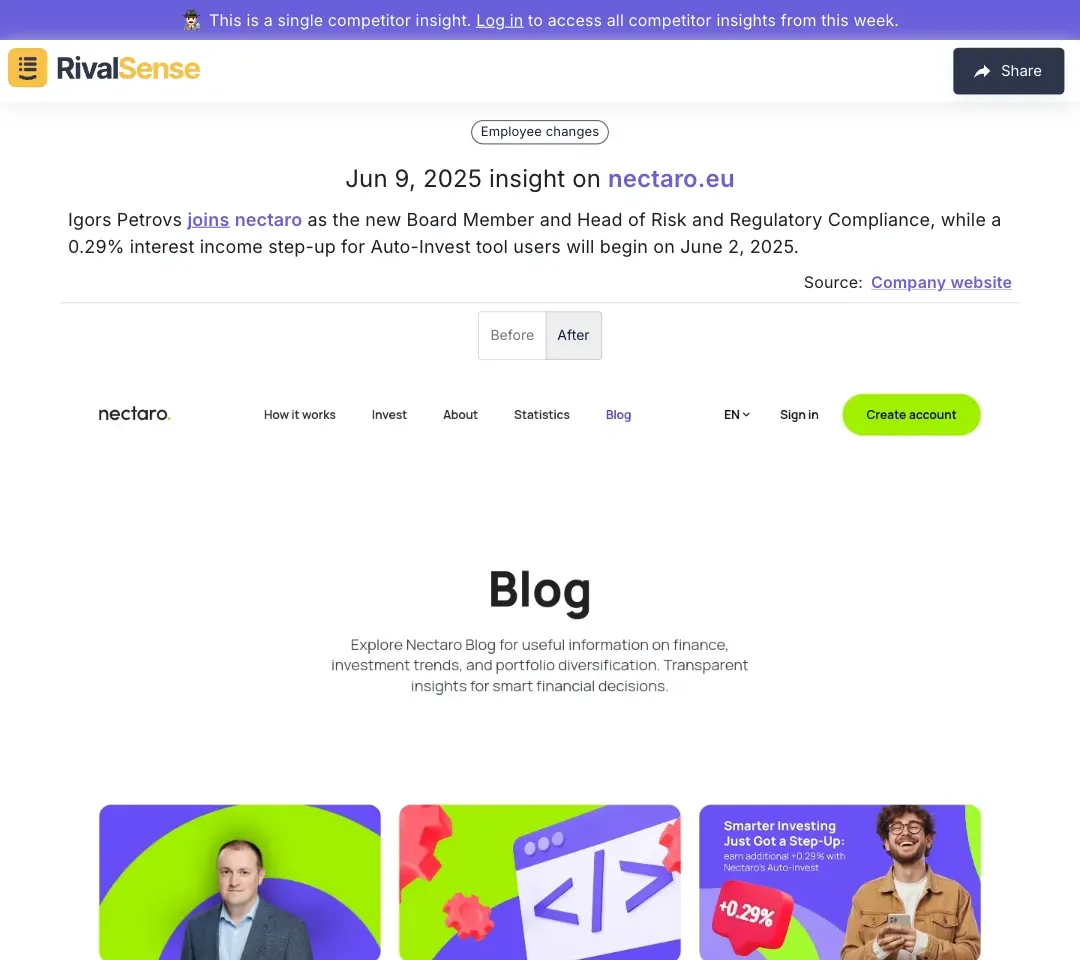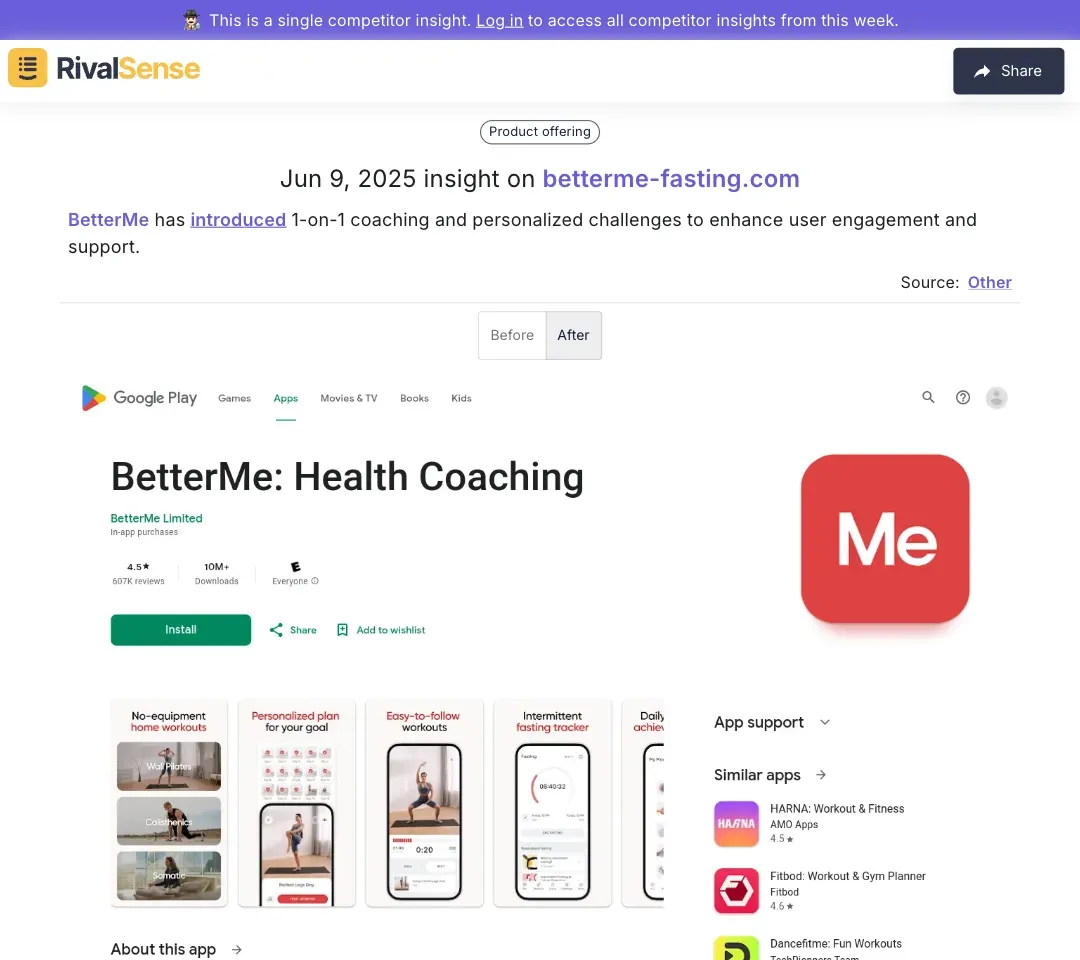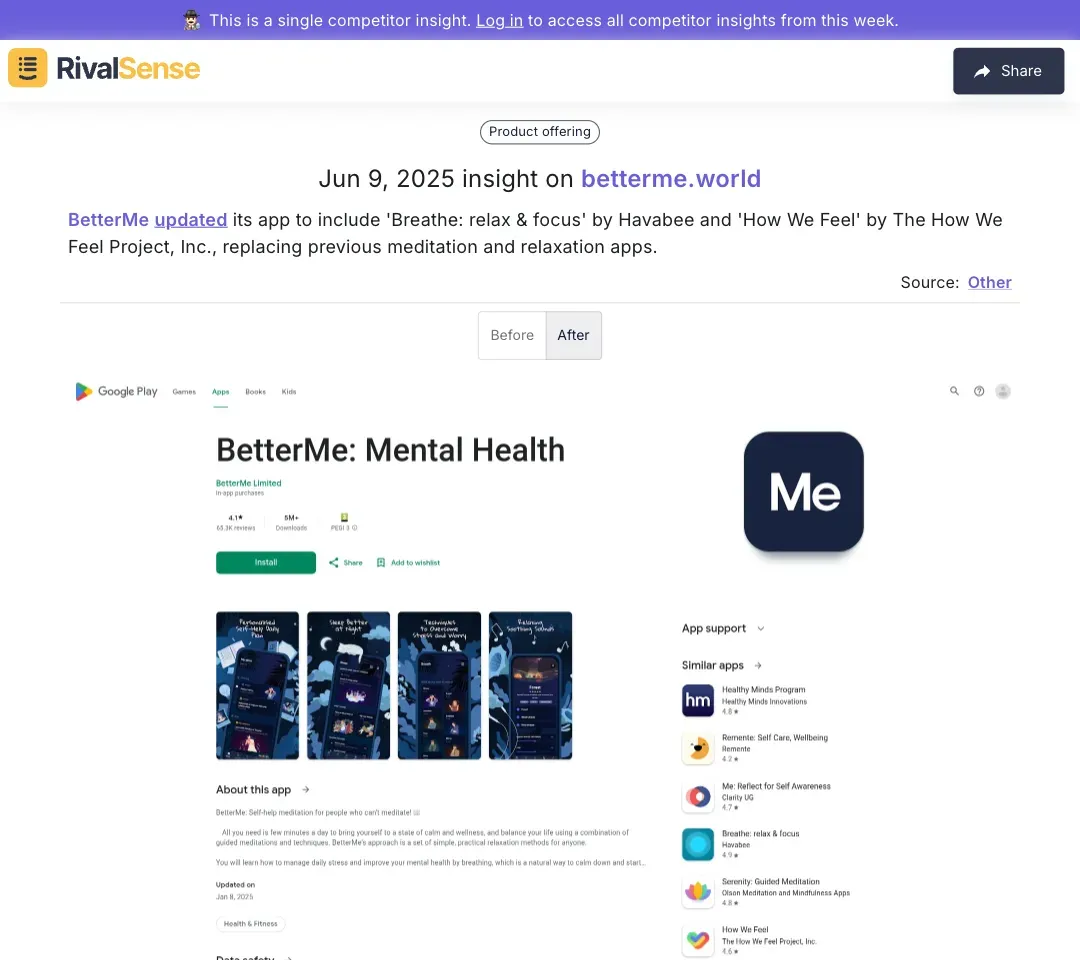Unlocking Resilience: E-commerce Competitor Recovery Analysis and Case Studies
In today's hyper-competitive e-commerce landscape, understanding how rivals overcome setbacks provides invaluable strategic advantages. Competitor recovery analysis examines how businesses rebound from challenges like sales declines, reputation crises, or market disruptions. Unlike standard competitor monitoring, this approach reveals resilience patterns and adaptive strategies you can implement proactively.
By studying recovery timelines and tactics, you gain actionable intelligence to strengthen your own contingency planning. For instance, observing how competitors pivot after algorithm changes or relaunch after PR crises offers blueprints for your own playbook. This post explores real recovery case studies with practical frameworks you can implement immediately.
Case Study 1: Overcoming a Pricing War ⚔️
Pricing battles can rapidly erode profit margins, as one consumer electronics retailer discovered when competitors triggered a race to the bottom. Facing unsustainable losses, they shifted from reactive discounting to strategic value positioning. Their recovery combined operational adjustments with customer-centric initiatives.
Key Strategies Implemented:
- ✅ Value Proposition Refocus: Highlighted exclusive product features and premium support services
- ✅ AI-Powered Dynamic Pricing: Implemented real-time repricing tools balancing competitiveness and margins
- ✅ Loyalty Program Launch: Created tiered rewards system increasing customer lifetime value
- ✅ Supply Chain Optimization: Renegotiated supplier contracts and streamlined logistics
Results & Takeaways:
- ↗️ 15% margin recovery within 6 months
- ↗️ 20% repeat customer growth through loyalty incentives
- 📈 Transitioned from price-follower to value-leader positioning
Actionable Recovery Checklist:
- 🔄 Continuously monitor competitor pricing movements
- 🎯 Identify and amplify your unique differentiators
- 🤖 Leverage automation for real-time pricing adjustments
- ❤️ Build emotional loyalty beyond transactional relationships
Case Study 2: Rebranding After a Market Shift ♻️
When sustainability concerns disrupted fast fashion, one apparel brand transformed its entire business model. Their successful pivot from trend-focused to eco-conscious operations demonstrates how fundamental rebranding can drive recovery. The transition required aligning every business facet with new values.
Execution Framework:
- 📊 Market research validating sustainability demand
- 🧵 Product reformulation with ethical materials
- 📣 Authentic storytelling around new mission
- 🔄 Supply chain partnerships with certified eco-suppliers
Impact & Insights:
- 🌱 40% loyalty increase among eco-conscious demographics
- 💬 Social sentiment shifted from criticism to advocacy
- ⏱️ 9-month full transition timeline
Rebranding Recovery Tips:
- 🗣️ Co-create changes with customer feedback
- 🤝 Partner with credible organizations for validation
- 🎥 Document the transformation journey transparently
- 🧪 Test new positioning in specific markets before full rollout
Case Study 3: Recovering from a PR Crisis 🔥
A data breach caused catastrophic trust erosion for an e-commerce platform, with sales plummeting 30% overnight. Their recovery centered on radical transparency and security overhauls while addressing emotional customer impacts. This demonstrates how operational fixes must pair with reputation rehabilitation.
Crisis Response Framework:
Immediate Actions:
- ✉️ Transparent breach notifications
- 🛡️ Free credit monitoring for affected users
- � CEO public accountability statement
Long-Term Rebuild:
- 🔒 Triple-layer security implementation
- 📝 Third-party compliance certifications
- 💬 Ongoing trust-focused communication
Recovery Metrics:
- ⏱️ 12-month sales restoration timeline
- ⬆️ 22% higher retention among credit monitoring participants
- 📉 65% reduction in negative social mentions
Proactive Crisis Preparation:
- 📋 Maintain updated incident response playbooks
- 🔔 Implement sentiment monitoring systems
- 🚨 Conduct quarterly security stress-tests
- 🗓️ Schedule post-crisis trust audits
Common Themes and Lessons Learned 💡
Analyzing multiple recoveries reveals consistent success patterns. First, customer-centricity drives sustainable rebounds more than operational tweaks alone. Second, data-driven decision-making separates strategic recoveries from reactive scrambling. Third, cross-functional alignment ensures consistent execution.
Critical mistakes include underestimating emotional customer impacts, delaying decisive action, and neglecting competitor countermoves during recovery windows. These blindspots prolong recovery timelines and increase costs.
Implementation Roadmap:
- 🧭 Audit your competitive vulnerability points
- 📈 Map competitor recovery timelines for benchmark data
- 🛠️ Build modular response kits for different scenarios
- 🔬 Pilot strategies in low-risk segments first
- 📊 Establish clear recovery KPIs (e.g., sentiment shift rate)
Real-World Competitor Insights for Recovery 🚀
Monitoring competitor moves provides early-warning signals and strategic inspiration during recovery phases. Leadership changes often precede strategic pivots, while product updates reveal customer retention tactics. Partnership shifts indicate new growth vectors worth evaluating.
Leadership Change at nectaro

Strategic Value: Tracking board appointments (especially compliance roles) signals regulatory strategy shifts. The simultaneous interest rate adjustment reveals customer retention tactics during market volatility - intelligence crucial for financial service competitors.
BetterMe's Engagement Upgrade

Strategic Value: New feature launches indicate responses to churn patterns. Seeing competitors add coaching services reveals industry movement toward high-touch engagement - critical intelligence for subscription businesses planning retention overhauls.
BetterMe's Partnership Shift

Strategic Value: App integration changes expose evolving customer experience priorities. Tracking these partnership terminations and replacements helps anticipate market gaps your business could fill during recovery phases.
Conclusion and Next Steps 🏁
Competitor recovery analysis transforms setbacks into strategic advantages by decoding resilience patterns. The case studies demonstrate that successful rebounds blend operational adjustments with emotional reconnection. Remember that recovery velocity often determines competitive positioning more than initial stumbles.
Immediate implementation steps:
- 🔎 Identify 3 critical competitors for recovery tracking
- ⏱️ Document their historical rebound timelines
- 📝 Create your recovery playbook from these insights
Accelerate your analysis with RivalSense - our platform tracks competitor product changes, leadership moves, partnerships, and regulatory shifts across web/social/registries. Get automated weekly reports highlighting actionable recovery intelligence.
👉 Try RivalSense free today at https://rivalsense.co/ and generate your first competitor recovery report now.
📚 Read more
👉 How inDrive's Leadership Shift Empowered Binghatti's Tech Edge
👉 Tracking Indirect Competitors Through Website Changes
👉 How BetterMe Dominated the Health App Market Using Competitor Intelligence
👉 5 Actionable Strategies to Leverage Competitor Insights from Events
👉 Navigating Tariff Uncertainty: How Competitive Intelligence Becomes Your Strategic Compass
